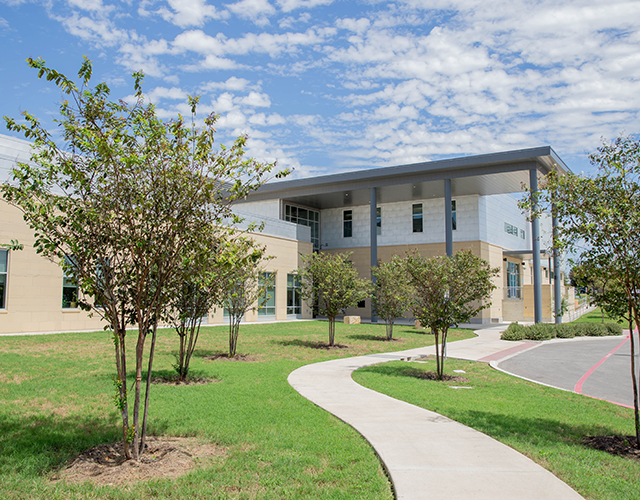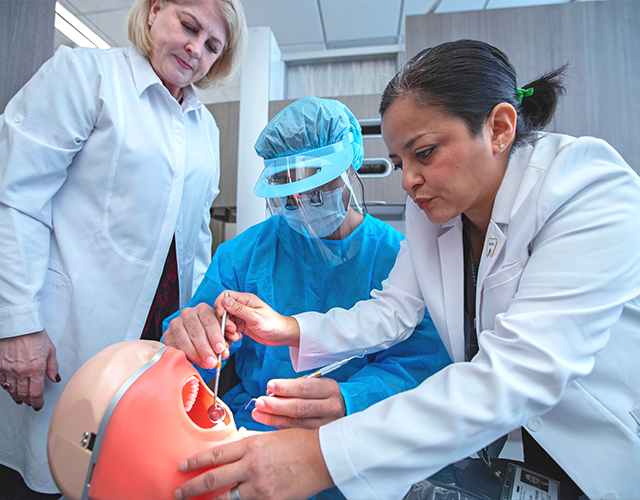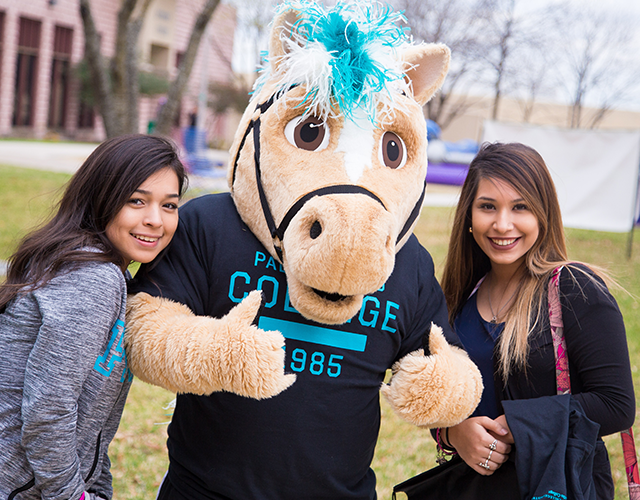Student Success Assessment
Palo Alto College strives to provide a student-centered experience in order to provide value-added services, in alignment with our strategic plan and overall mission. All of our services are also in alignment with our vision to be the best in the nation in student success and performance excellence. As we work toward excellence, we assess the progress made by each of the 16 departments that provide support services to students specifically to aid in Student Success. These departments include:
- Advising Services
- Business Office
- Counseling Services
- Disability Support Services
- Enrollment Services
- Financial Aid
- Ray Ellison Family Center
- Student Health Advocacy Resource and Engagement (S.H.A.R.E.) Center
- Student Life
- Veterans Affairs
Admissions and Records (PDF)
Advising Services (PDF)
Assessment and Testing Center (PDF)
Business Office (PDF)
Counseling Services (PDF)
Disability Support Services (PDF)
Ray Ellison Family Center (PDF)
Student Conduct and Advocacy Office (PDF)
Student Financial Aid (PDF)
Student Life (PDF)
TRIO Talent Search (PDF)
TRIO Upward Bound (PDF)
TRIO Upward Bound Math Science (PDF)
Veterans Affairs (PDF)
Welcome Center (PDF)
Admissions and Records (PDF)
Advising Services (PDF)
Assessment and Testing Center (PDF)
Business Office (PDF)
Counseling (PDF)
Disability Support Services (PDF)
Ray Ellison Family Center (PDF)
Student Advocacy Initiative (PDF)
Student Conduct and Advocacy Office (PDF)
Student Financial Aid (PDF)
TRIO Talent Search (PDF)
TRIO Upward Bound (PDF)
TRIO Upward Bound Math Science (PDF)
Veterans Affairs (PDF)
Welcome Center (PDF)
AlamoADVISE (PDF)
Counseling Services (PDF)
Office of Student Conduct (PDF)
Ray Ellison Family Center (PDF)
Student Resource Initiative (PDF)
2017-2018Year in Summary (PDF)
Frequently Asked Questions
Student learning outcomes are statements that specify what students will know or value when they complete a program.
Service area outcomes are statements about what a student will experience, do, or receive as a result of a given service.
A service area outcome is a student-centered statement about what students will be able to do with the service provided or how they will benefit from the service provided. A student learning outcome specifies what students will know.
As student affairs professionals who many times serve as frontline staff interacting directly with students, it is critical that we understand the student experience and work vigorously to provide an academic ecosystem that supports and empowers students to achieve their goals. Critical to the delivery of quality student services is the identification of key performance metrics, establishing baseline data, and an intentional focus on improving those areas requiring attention.
As an institution, Palo Alto College employs traditional program review as well as a unit goal and evaluation processes. Additionally, Palo Alto College also embraces a continuous quality improvement culture through participation in the Malcolm Baldrige Quality Assessment Review as well as at the state level having earned the 2015 Texas Award for Performance Excellence (TAPE). As an institution, we also utilize CCSSE, Noel Levitz, Departmental Surveys, and the Continuous Feedback Model to better understand the needs and experiences of our students.
Each area employs multiple tools typically beginning with an operational retreat focusing on a detailed needs assessment generated by a Strengths, Weaknesses, Opportunities, and Threats (SWOT) analysis. Gaps are identified and an alignment review is conducted to ensure alignment of strategic directions, key performance indicators, SACS standards, unit goals, program review and/or College Action Plans (CAPS) if applicable. A Focus Plan, Do, Check, Act (PDCA) is typically used during the deployment phase. Alignment with our Strategic Plan and Strategic Directions is critical in achieving the core competencies of the institution and to justify the allotment of fiscal resources.
The division improves services in multiple ways. First, point of satisfaction surveys are administered within each area and then included in the monthly executive summary to the College Leadership Team as part of the Continuous Feedback Model. This model also includes personal interactions, phone calls, and feedback submitted via the online comment box.
The division also improves services through measurement of Student Learning Outcomes and Service Area Outcomes. These outcomes focus on specific services offered by the department and the assessment of the outcomes ensures that services are being offered with the highest quality. The measurement of outcomes also ensures that each department reviews how they are offering services on a regular basis and that results are shared with the campus community, typically at the end of each semester. Continue reading for more information about Student Learning Outcomes and Service Area Outcomes.
Each department uses at least two methods of assessment. Methods can include surveys, reflection papers, focus groups, and program evaluation.
Outcome results and measurement will be posted on the website at the end of the fall semester.



